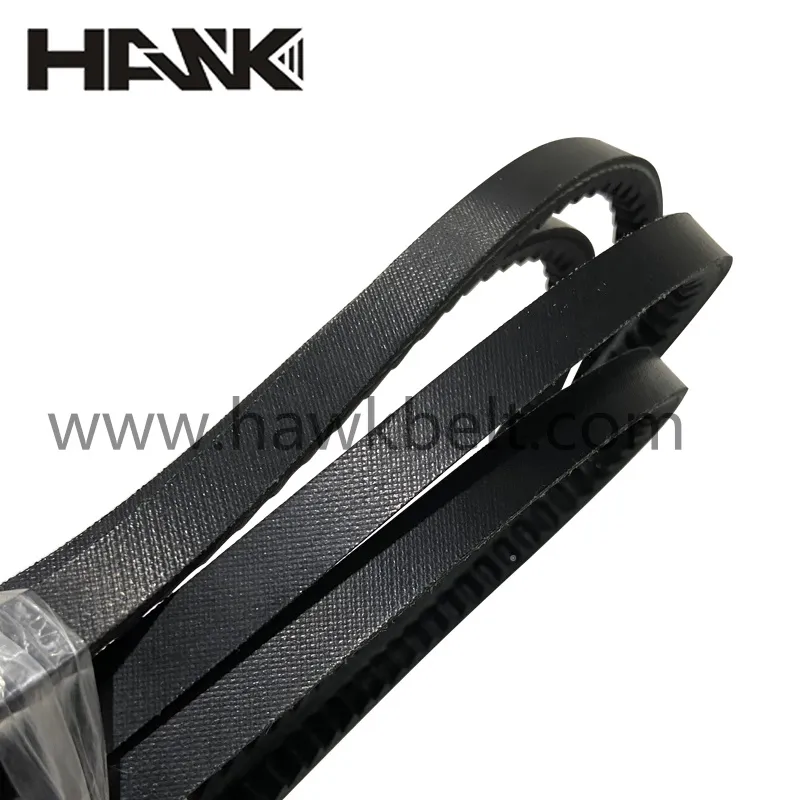- Arabic
- French
- Russian
- Spanish
- Portuguese
- Turkish
- Armenian
- English
- Albanian
- Amharic
- Azerbaijani
- Basque
- Belarusian
- Bengali
- Bosnian
- Bulgarian
- Catalan
- Cebuano
- Corsican
- Croatian
- Czech
- Danish
- Dutch
- Afrikaans
- Esperanto
- Estonian
- Finnish
- Frisian
- Galician
- Georgian
- German
- Greek
- Gujarati
- Haitian Creole
- hausa
- hawaiian
- Hebrew
- Hindi
- Miao
- Hungarian
- Icelandic
- igbo
- Indonesian
- irish
- Italian
- Japanese
- Javanese
- Kannada
- kazakh
- Khmer
- Rwandese
- Korean
- Kurdish
- Kyrgyz
- Lao
- Latin
- Latvian
- Lithuanian
- Luxembourgish
- Macedonian
- Malgashi
- Malay
- Malayalam
- Maltese
- Maori
- Marathi
- Mongolian
- Myanmar
- Nepali
- Norwegian
- Norwegian
- Occitan
- Pashto
- Persian
- Polish
- Punjabi
- Romanian
- Samoan
- Scottish Gaelic
- Serbian
- Sesotho
- Shona
- Sindhi
- Sinhala
- Slovak
- Slovenian
- Somali
- Sundanese
- Swahili
- Swedish
- Tagalog
- Tajik
- Tamil
- Tatar
- Telugu
- Thai
- Turkmen
- Ukrainian
- Urdu
- Uighur
- Uzbek
- Vietnamese
- Welsh
- Bantu
- Yiddish
- Yoruba
- Zulu
des . 01, 2024 11:06 Back to list
Understanding Timing Belt Sizes for Optimal Performance and Compatibility in Engines
Understanding Timing Belt Sizes A Comprehensive Guide
Timing belts are critical components in various machinery and vehicles, designed to synchronize the rotation of the crankshaft and camshaft in internal combustion engines. The performance and efficiency of an engine highly depend on the characteristics of the timing belt, including its size. In this article, we will explore the importance of timing belt sizes, how they are measured, common sizes, and factors to consider when selecting a timing belt for your vehicle or machinery.
What Is a Timing Belt?
A timing belt is a reinforced rubber belt that features specific teeth designed to mesh with corresponding teeth on the engine’s camshaft and crankshaft. This connection ensures that the engine's timing is precise, allowing the intake and exhaust valves to open and close at the right moment during the engine cycle. A well-functioning timing belt is essential for achieving optimal engine performance, fuel efficiency, and preventing engine damage.
Importance of Timing Belt Sizes
The size of a timing belt is crucial for several reasons
1. Compatibility Each engine is designed to accommodate a specific timing belt size. Using a belt that is too small or too large can lead to improper alignment, resulting in engine knocking and potential damage.
2. Performance The right size ensures smooth operation, reducing friction and wear on both the belt and the engine components. A well-fitted timing belt can improve engine performance and longevity.
3. Maintenance Correct sizing simplifies replacement and inspection processes. Using the correct timing belt size makes it easier to monitor the belt’s condition and replace it when necessary.
Measuring Timing Belt Sizes
Timing belts are measured by their length, width, and the pitch of the teeth. The most common measurements are
- Length This is the total distance around the belt
. Timing belt lengths can vary significantly across different vehicles and applications.- Width The width of the belt determines how much load it can carry. Wider belts generally have a greater load-carrying capacity.
- Pitch The pitch refers to the distance between the centers of two adjacent teeth. This measurement is critical for ensuring the proper fit on the cogwheels.
In many cases, timing belts are denoted using a numerical system, such as 3M-100, where 3M indicates the pitch (3 millimeters), and 100 indicates the total length of the belt in millimeters.
timing belt sizes

Common Timing Belt Sizes
Timing belts come in various sizes, catering to a wide array of vehicles and machinery. Some typical sizes include
- 3M Series Commonly used in smaller engines and equipment, these belts have a pitch of 3mm.
- 5M Series This size is suitable for mid-size applications, providing a good balance between load capacity and flexibility.
- 8M Series Often found in larger industrial machinery, the 8M series is designed to handle heavy loads with its larger teeth and width.
- 14M/20M Series These are used in high-power applications, such as racing engines and industrial drives, where both strength and performance are paramount.
Factors to Consider When Selecting a Timing Belt
When choosing a timing belt, it is essential to consider the following factors
1. Manufacturer Specifications Always refer to the manufacturer’s specifications for your vehicle or machinery to determine the exact timing belt size needed.
2. Material Composition Timing belts are typically made from reinforced rubber, but variations exist. Some belts may be enhanced with additional materials for better durability and temperature resistance.
3. Usage Conditions Consider the operational environment. Factors such as temperature, humidity, and exposure to chemicals can affect the belt's performance and longevity.
4. Replacement Interval Timing belts have a recommended replacement interval, often between 60,000 to 100,000 miles, depending on the manufacturer. Regular checks and timely replacements can prevent catastrophic engine failures.
Conclusion
Understanding timing belt sizes is essential for maintaining optimal engine performance and preventing costly repairs. Whether you are an automotive enthusiast or a machinery operator, ensuring that you have the correct timing belt size, along with regular inspections and maintenance, is crucial for efficiency and longevity. By paying attention to the specifics of your timing belt, you can ensure that your engine runs smoothly and reliably for years to come.
-
Korean Auto Parts Timing Belt 24312-37500 For Hyundai/Kia
NewsMar.07,2025
-
7PK2300 90916-T2024 RIBBED BELT POLY V BELT PK BELT
NewsMar.07,2025
-
Chinese Auto Belt Factory 310-2M-22 For BMW/Mercedes-Benz
NewsMar.07,2025
-
Chinese Auto Belt Factory 310-2M-22 For BMW/Mercedes-Benz
NewsMar.07,2025
-
90916-02660 PK Belt 6PK1680 For Toyota
NewsMar.07,2025
-
drive belt serpentine belt
NewsMar.07,2025

